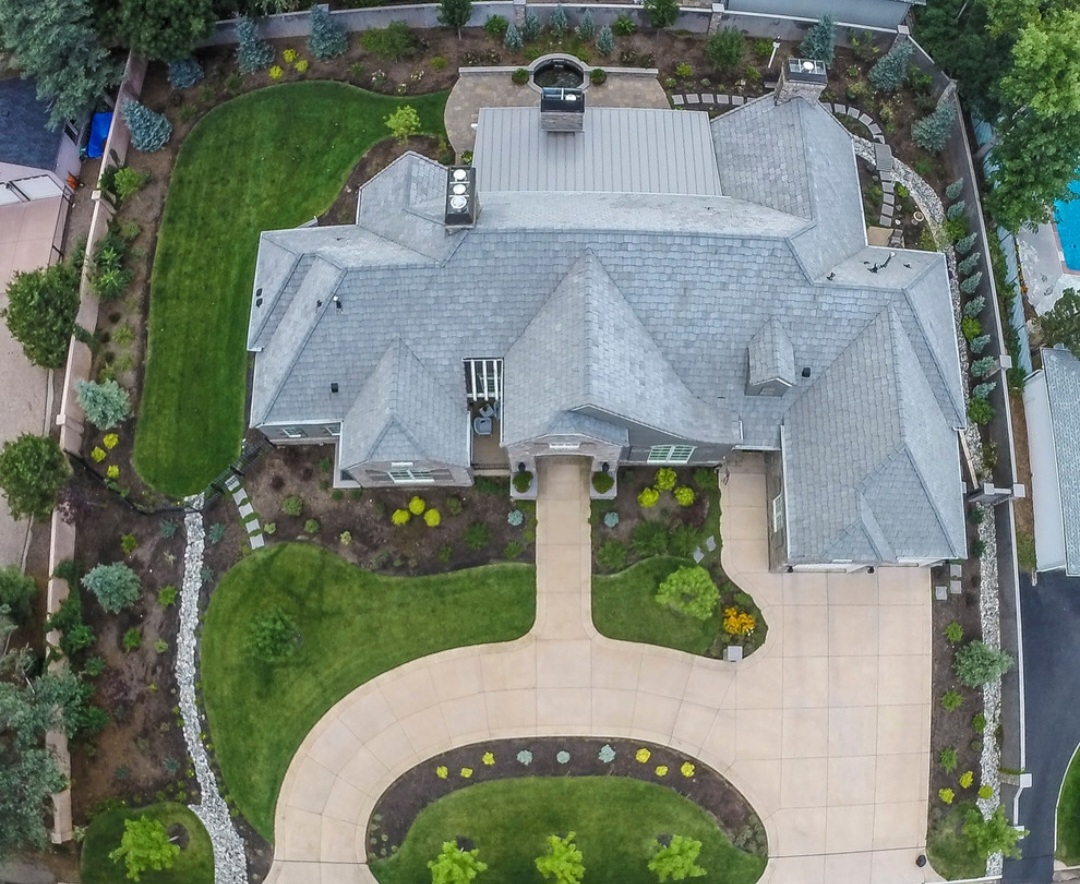INTRODUCTION
Roofing is a fundamental aspect of architecture, serving as both a protective covering and an expressive element of cultural identity. Across the globe, diverse climates, building traditions, and materials have given rise to a remarkable array of roof types. Each of these roof styles with its own unique characteristics and historical significance. This essay embarks on a journey of exploring the rich tapestry of roofing styles found on every continent.
ASIA
Pagoda Roofing Styles
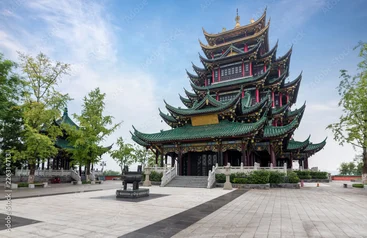
In Asia, pagoda roofs stand as enduring symbols of religious devotion and architectural mastery. These type of roof style originated in ancient China and later spreading to Japan, Korea, and other East Asian countries. Pagoda roofs are characterized by their multi-tiered, curved profiles and intricate ornamentation. These majestic structures, often found in Buddhist temples and shrines, embody the principles of harmony, balance, and enlightenment.
Japanese Roofing Styles
Japanese architecture remind us of elegant simplicity and profound connection to nature. Traditional Japanese roofs, known as “yane,” feature steeply pitched gables and deep eaves designed to withstand heavy snowfall and provide shade during hot summers. The use of natural materials such as wood, bamboo, and thatch reflects a deep reverence for the environment and a commitment to sustainability.
Chinese Roofing Styles
In China, roofing styles vary widely across regions, reflecting the country’s vast geographical and cultural diversity. The sweeping roofs of traditional Chinese temples and palaces, with their curved edges and colorful glazed tiles, evoke a sense of grandeur and mystique. In rural areas, simple pitched roofs made from clay tiles or wooden shingles provide shelter from the elements while blending harmoniously with the surrounding landscape.
EUROPE
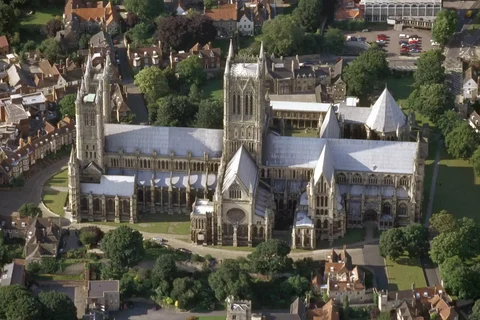
Gothic Cathedrals
The Gothic cathedrals of Europe are architectural marvels renowned for their soaring spires, intricate tracery, and majestic vaulted ceilings. The steeply pitched roofs of these monumental structures, often clad in slate or lead, are designed to shed rainwater and snow while accentuating the verticality and grace of Gothic architecture. Examples include Notre-Dame Cathedral in Paris, Chartres Cathedral in France, and Cologne Cathedral in Germany.
Thatched Roofs
In rural Europe, thatched roofs evoke images of idyllic countryside living and rustic charm. Commonly found in England, Ireland, and the Netherlands, thatched cottages feature roofs made from bundles of straw, reed, or heather. These natural materials are meticulously woven together to create a durable and weather-resistant covering. Despite their picturesque appeal, thatched roofs require regular maintenance to prevent decay and fire hazards.
Mediterranean Roofing Styles
Along the sun-drenched shores of the Mediterranean, a rich tapestry of roofing styles reflects the region’s diverse cultural influences and climatic conditions. The terracotta-tiled roofs of Mediterranean villas and farmhouses, with their warm hues and gently sloping profiles, blend seamlessly with the rugged landscapes of southern Europe. In Greece, whitewashed buildings crowned with flat, domed, or gabled roofs pay homage to ancient architectural traditions and classical aesthetics.
AFRICA

Thatched Roof Huts
In sub-Saharan Africa, where materials are scarce and environmental conditions are harsh, thatched roofs are common in traditional dwellings. Made from grass, palm leaves, or reeds, these lightweight coverings provide protection from the elements while allowing for natural ventilation. Thatched roof huts, found in countries like Kenya, Tanzania, and South Africa, embody the resourcefulness and resilience of indigenous communities.
Mud-Brick Dwellings
Across the arid landscapes of North Africa and the Sahel region, mud-brick architecture prevails as a testament to human adaptation to challenging environments. The flat roofs of mud-brick dwellings, constructed from layers of compacted earth and straw, offer respite from the desertic weather. Additionally, they promote thermal insulation and energy efficiency. These traditional structures, known as “bhous” or “tukuls,” reflect the timeless wisdom of vernacular building techniques passed down through generations.
THE AMERICAS
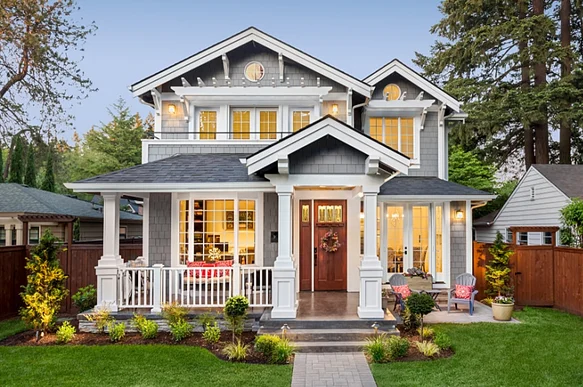
Adobe Architecture
In the arid southwestern US and Latin America, adobe architecture flourishes as a symbol of cultural heritage and sustainable living. Adobe buildings, characterized by their thick earthen walls and flat roofs, are designed to regulate interior temperatures and withstand seismic activity. The flat roofs of adobe homes and churches, often topped with layers of adobe mud or clay tiles, create a seamless connection between the built environment and the natural landscape.
Colonial Roofing Styles
In colonial-era cities throughout the Americas, a rich tapestry of roofing styles reflects the cultural influences of European settlers and indigenous peoples. The red-tiled roofs of Spanish colonial haciendas and missions, with their terra cotta hues and gentle slopes, evoke the romance and grandeur of Old World architecture. Similarly, the steeply pitched roofs of Dutch colonial houses in the Caribbean and New England showcase the practicality and resilience of northern European building traditions.
OCEANICA
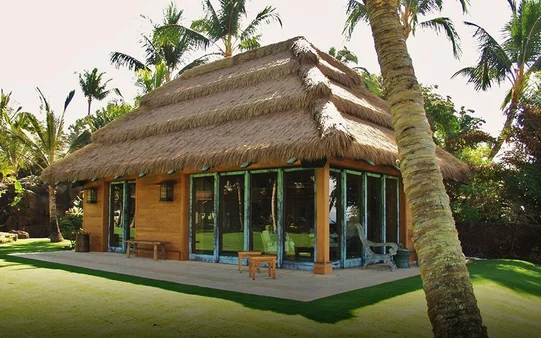
Pacific Island Thatched Roofs
In the remote islands of the Pacific Ocean, traditional thatched roofs are a hallmark of indigenous architecture and cultural identity. Constructed from woven palm fronds or pandanus leaves, these airy and lightweight coverings provide shelter from the tropical sun and rain while allowing for natural ventilation. Thatched roof structures, such as fale houses in Samoa and bure dwellings in Fiji, reflect the close relationship between Pacific islanders and their natural environment.
CONCLUSION
The world of roofing is a vibrant tapestry of diversity, innovation, and cultural expression. From the soaring pagodas of Asia to the thatched huts of Africa and the Gothic cathedrals of Europe, each roof type tells a story of human ingenuity, adaptation, and creativity. As we continue to navigate the complexities of urbanization, climate change, and globalization, the preservation and celebration of these diverse roofing traditions serve as a testament to the enduring power of architecture to unite, inspire, and connect us to our shared heritage and collective aspirations.

RITE ROOF YES, Houston Roofing Contractor – Discover excellence in roof replacement services with Rite Roof Yes! At Rite Roof Yes, Houston’s Roofing Contractor, we specialize in top-quality, affordable roofing solutions tailored to your needs. Trust our expert team to safeguard your home with precision and reliability. Elevate your home value and curb-appeal. Contact us for a free estimate
www.rite-roof-yes.com | www.facebook.com/rite.roof.yes.tx | www.instagram.com/rite.roof.yes
LeakFreeLiving #RoofingExperts #YourTrustedRoofingPartner #RoofingContractor #RoofingContractorNearMe #RoofingCompany #Roofing #Roofer #RoofRepair #RoofReplacement #HoustonRoofing #RiteRoofYes #affordableroofinghoustontx
Disclaimer: no claims or insinuations are implied in this article. The author is simply a humble admirer of the information depicted.
